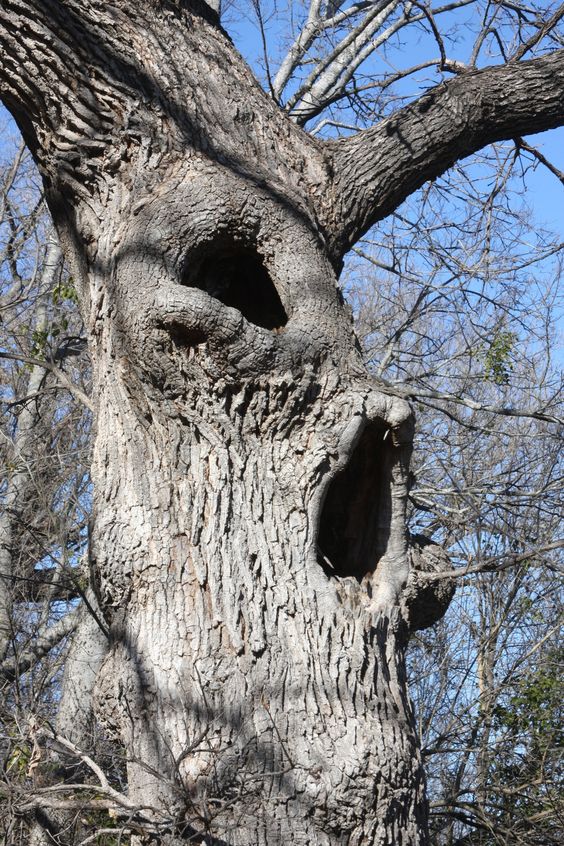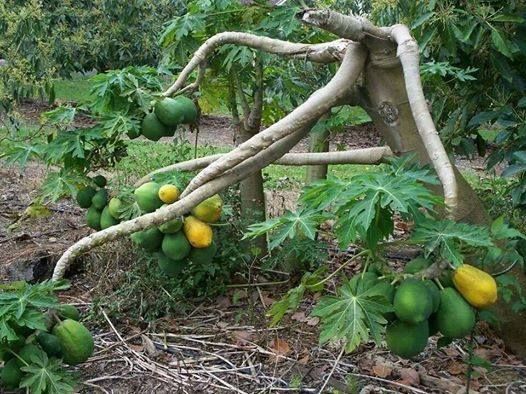In the intricate tapestry of the natural world, trees stand as majestic sentinels, their trunks revealing stories of resilience, adaptation, and the artistry of evolution. While the crowns of trees often capture our attention with their vibrant foliage, it’s the diverse and intriguing forms of tree trunks that provide a window into the remarkable strategies these plants employ to thrive in various ecosystems.

Baobabs: Sentinels of the Savanna
Baobabs, often referred to as the “upside-down trees,” boast trunks with massive girth and distinctive, swollen shapes that store water during periods of drought. Native to arid regions of Africa, these remarkable trees serve as important sources of water and sustenance for both wildlife and local communities. Their peculiar appearance and longevity make them living symbols of strength and adaptation.

Strangler Figs: Nature’s Artful Embrace
The life cycle of strangler figs is a remarkable display of nature’s ingenuity. These trees begin as epiphytes, germinating in the canopy of a host tree. As they grow, their aerial roots descend, eventually enveloping and often “strangling” the host tree. What remains is a hollow, intricate lattice of roots encasing the original trunk, an awe-inspiring testament to the persistence of life.

Rainbow Eucalyptus: Nature’s Painted Masterpieces
The rainbow eucalyptus, native to Southeast Asia, stands as a living testament to nature’s vibrant artistry. As the bark peels away in strips, it unveils a stunning palette of colors ranging from bright green to deep maroon, reminiscent of a painter’s canvas. This spectacular display not only captivates the eye but also serves a practical purpose by shedding outer layers to reveal fresh, moisture-rich bark beneath.

Bristlecone Pines: Timeless Witnesses of History
The ancient bristlecone pines of North America, known for their gnarled and weathered trunks, are some of the oldest living organisms on Earth. These trees have withstood the test of time, enduring extreme weather conditions and slow growth rates that result in twisted and contorted forms. Each ring within their trunks holds a chronicle of environmental history, providing invaluable insights into past climates.

Conclusion: Trunks That Tell Tales
The diverse and captivating forms of tree trunks remind us of the intricate relationship between form and function in the natural world. From the baobabs of Africa to the bristlecone pines of North America, each tree trunk tells a unique story of adaptation, survival, and the relentless pursuit of life. As we marvel at these living sculptures, we gain a deeper appreciation for the resilience of nature and the breathtaking beauty that graces our planet.





